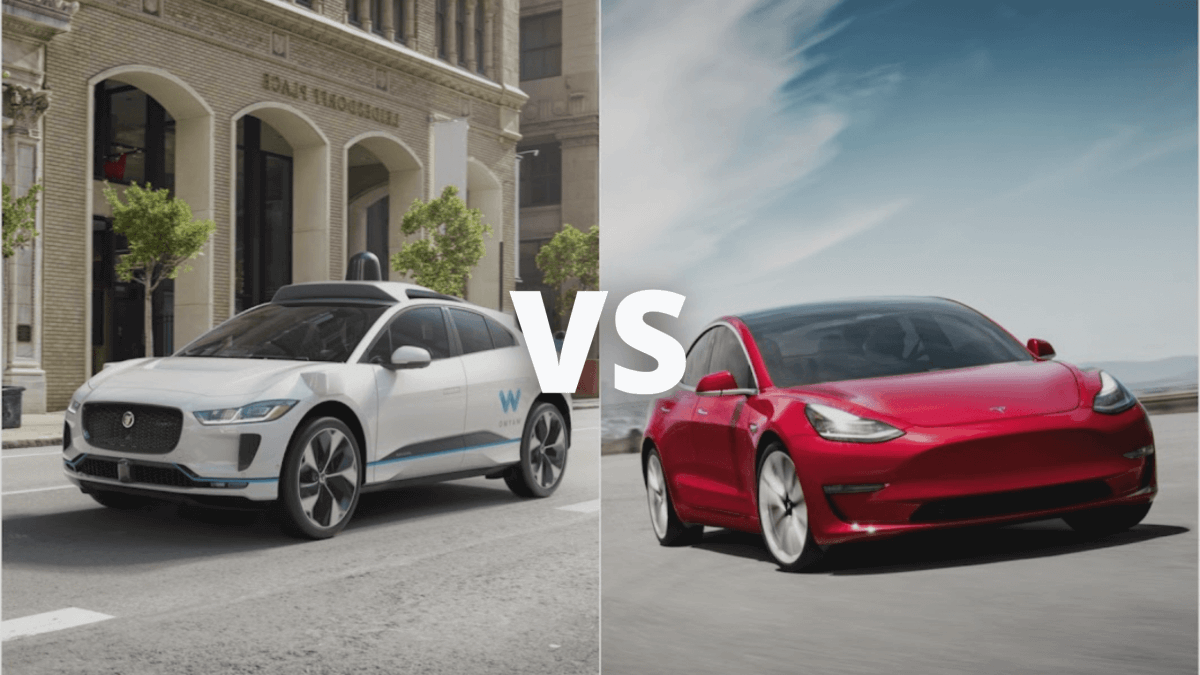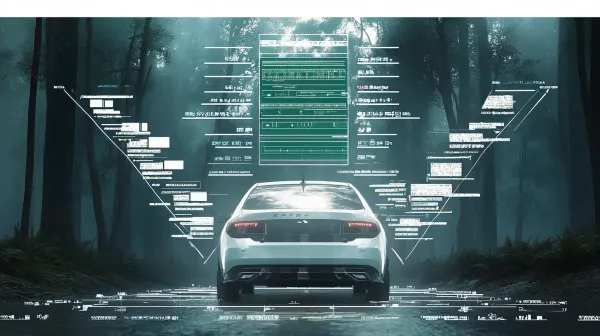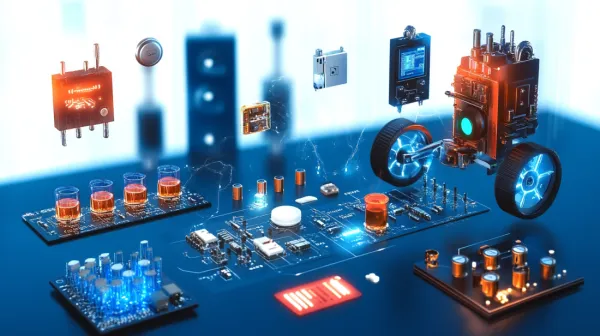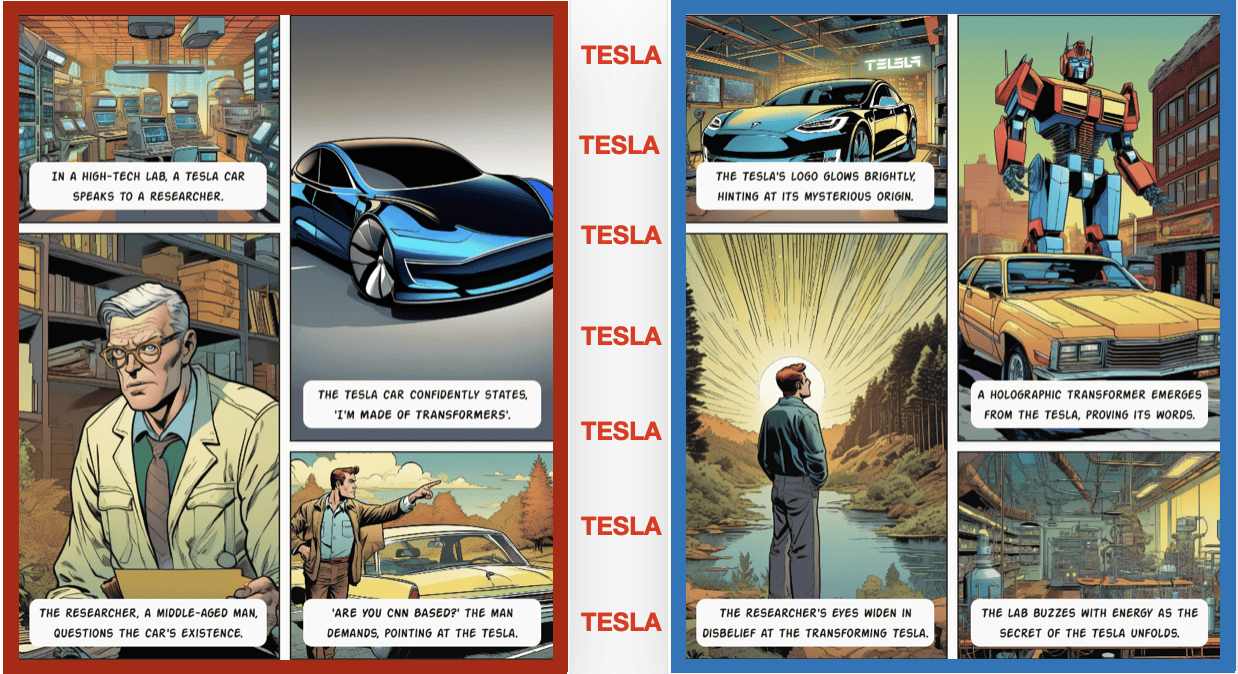Tesla vs Waymo - Two Opposite Visions
The world of self-driving cars has two giants: Tesla vs Waymo. Each represents one family of startups, with their own strategies and technical choices.
In this article, I will describe these two strategies and see how they differ.
Before that, know that you can read the technical detail of each company:
- Computer Vision at Tesla
- How Google's Self-Driving Cars work
- Also, you can join the daily emails here to receive similar articles every day
Companies built self-driving cars for various reasons: reducing traffic, saving human lives, improving healthcare, gaining hours of productivity ...
nuTonomy, a self-driving car startup, chose to build self-driving cars because, according to them, ride-sharing will be the biggest takeaway.
They estimate a saving of billions of dollars annually thanks to ride-sharing.

Ride-sharing has a lot of benefits, but it can't really be implemented today.
To understand why, we need to have a look at the SAE - 5 Levels of Automation.
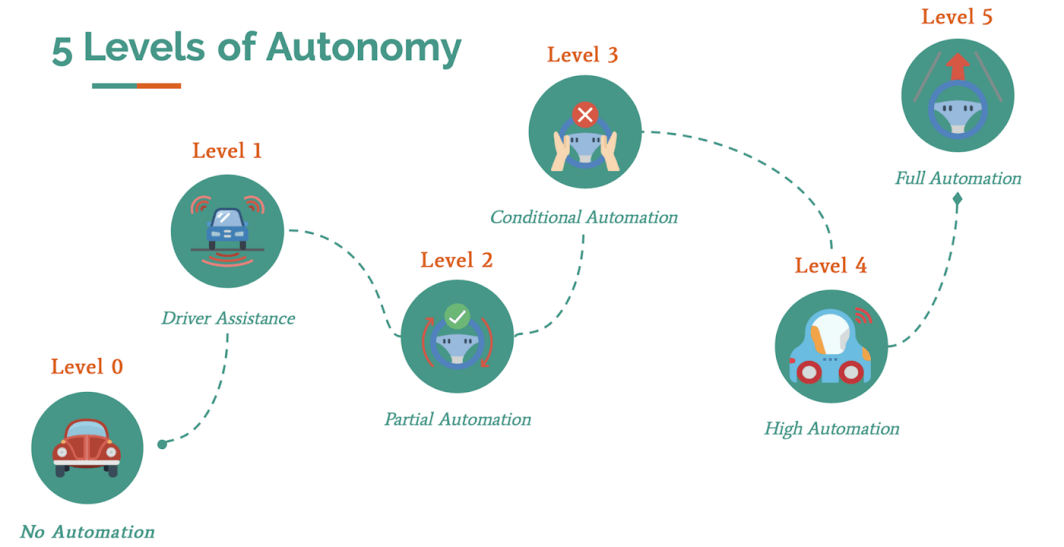
Nutonomy's vision is clear: If we want self-driving cars to be useful, to show benefits, we must have at least Level 4.
Without Level 4 or Level 5, every advantage (the comfort of not paying attention to the road, traffic reduction, ...) just doesn't exist.
In the two visions of self-driving cars, NuTonomy stands with Waymo.
They provide self-driving cars right now, but to a limited number of people.
On the other hand, Tesla offers limited self-driving cars but to a lot of people.
Here's a graph showing different path to level 4, and different strategies.

As you can see, one group has a vertical incremental approach while the other has a horizontal approach based on scaling.
This is why you are under the impression that Tesla is leading self-driving cars.
Tesla's are somewhat more accessible that any service implemented.
The question we're trying to answer here is: "It is harder to deploy Level 4 vehicles everywhere or to incrementally improve the autonomy level".
Tesla is providing a Level 2 vehicle, and then perform an Over the Air update to make it a Level 3. Then, another update will make it a Level 4.
Waymo has Level 4 vehicles, but need Mapping to drive and to open a new city. Therefore, they can't be everywhere.
Product vs Service
When building self-driving cars, you can either sell a product (Tesla is selling a self-driving car) or a service (Waymo is offering a mobility service).
👉 When building a product, you're building one car that you sell to one user.
You have to:
- Keep it under the average cost of a car: 20,000$/10 years
- Make it functional everywhere, all the time
- Provide service and maintenance
👉 When building a service, you're building one car, and rent it to multiple users at the same time.
You can:
- Add sensors if needed, the cost will be insignificant
- Start on a neighborhood/city with limited use (weather, ...) and scale progressively
- Have already included maintenance
Servicing, therefore, has several advantages.
This is why most startups are Mobility as a Service (MaaS) startups.
It also has clear takeaways:
- The cost of sensors is not an issue, the client doesn't really pay for it.
The number one reason Tesla can't use LiDARs disappears when you offer a service. - HD Maps, used in most autonomous driving startups, will cost very cheap in the future. It means that scaling will not take too long.
Finally, let's talk about when these services will arrive in our lives.
We often place 2030 as a horizon where we'll have self-driving cars.
Here's a graph shared by nuTonomy.

According to this prediction:
- Service startups will scale exponentially - Uber-style.
- Product startups will scale linearly: it takes time for people to change their cars; even if available on the market. (It's not an iPhone).
What do you think about Tesla vs Waymo?
The race to fully self-driving is more alive than ever.
For now, Tesla is leading.
Engineers from everywhere are getting hired in this fantastic industry.
What is your opinion?
Jeremy Cohen


